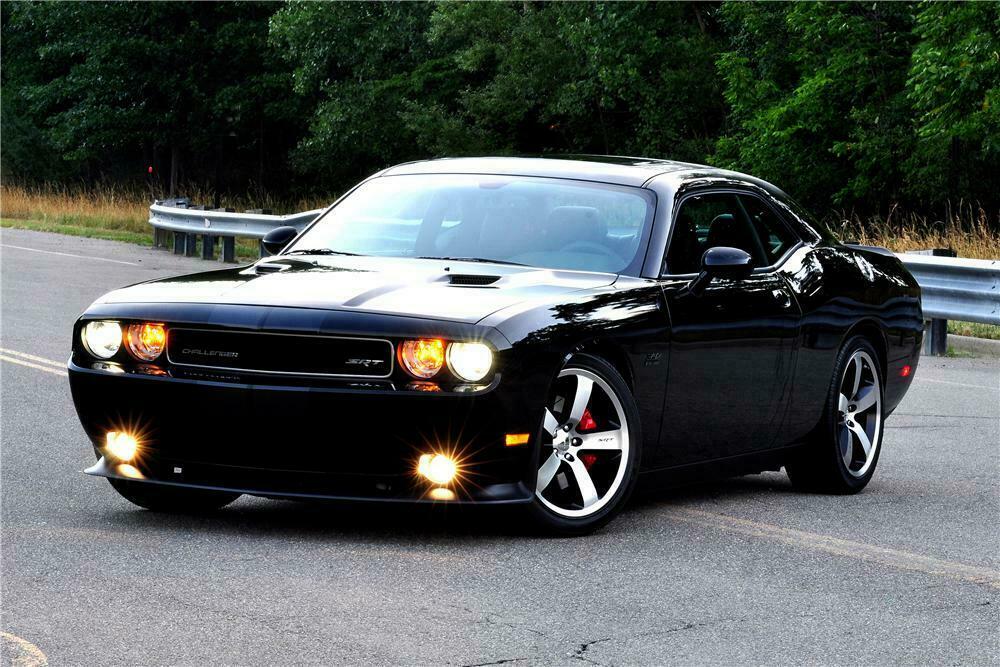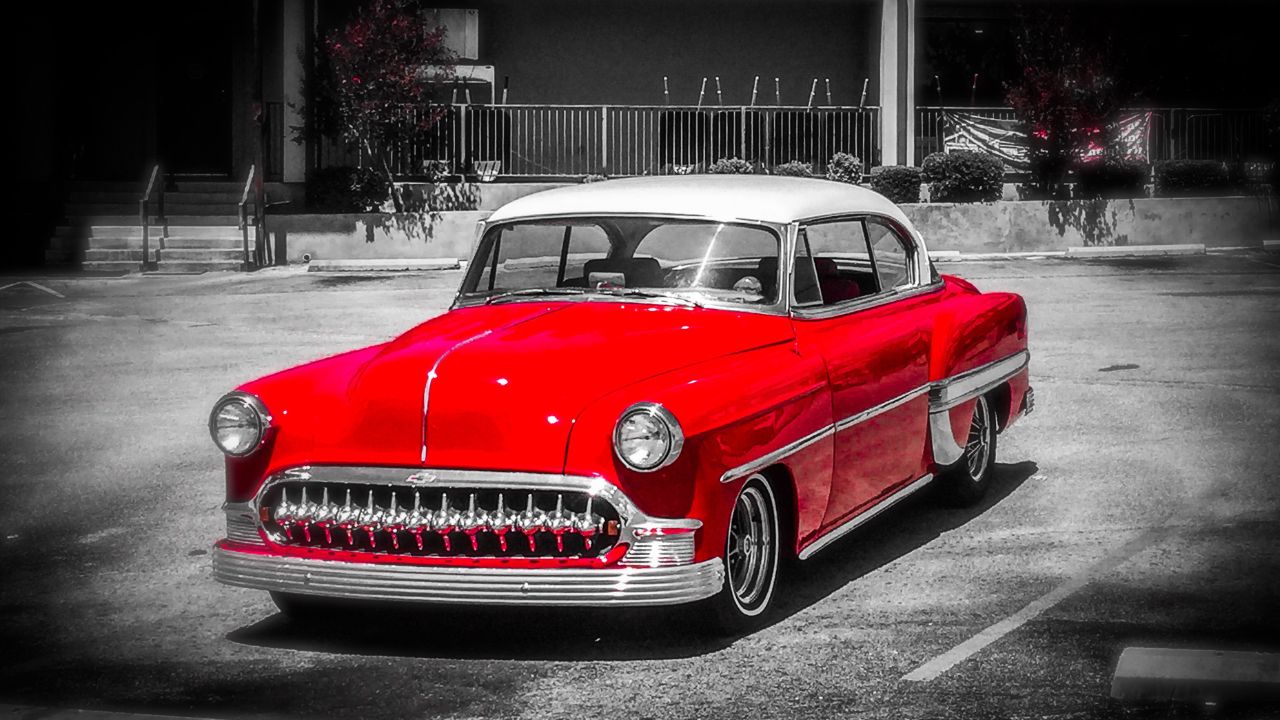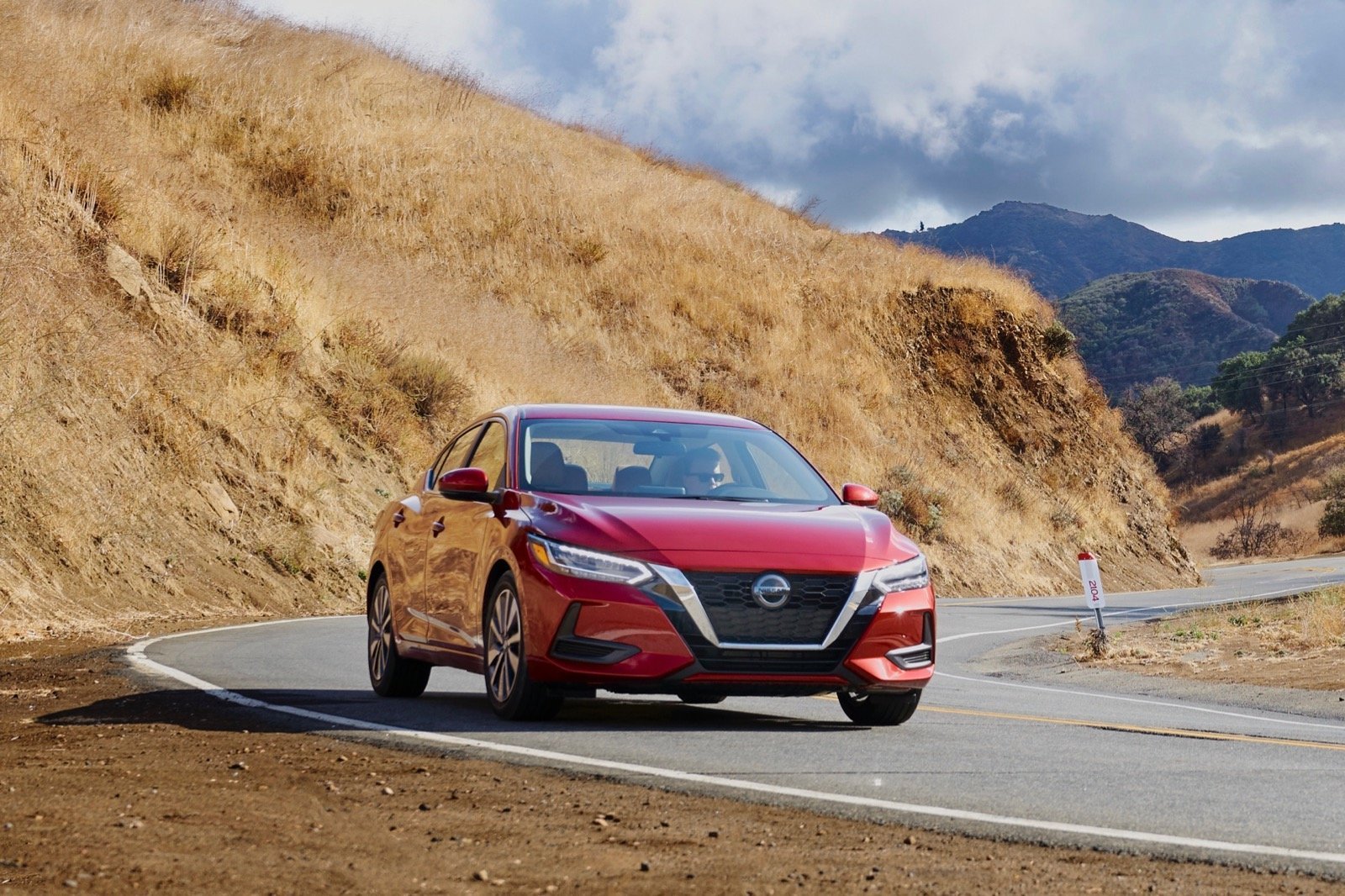
It is difficult to pick one among the many police cars made in the 1990s. This article focuses on Ford Crown Victoria Police Interceptors, Dodge Diplomats, Plymouth Gran Furys, and Camaro. Each one was unique and has its own characteristics that make it an excellent police car. The Camaro is the one that stands out among all of them:
Ford Crown Victoria Police Interceptor
Ford Crown Victoria Police Interceptor is a midsize police vehicle that was built on a body/frame platform. It was a popular choice among taxi companies, law enforcement agencies, and fleet buyers. Its body-on-frame construction made repairs easy and quick. But, the vehicle does have its limitations. Here are some of the drawbacks. You may not find this vehicle the best fit for your needs.
To prevent suspects from stabbing the police car's rear seat, the vehicle is equipped with a steel plate that can withstand stabs. The police vehicle also has a break in its bench seat for added safety. It features a column-mounted shifting mechanism for easy operation. The vehicle comes standard with an all wheel drive powertrain. The vehicle has larger brake rotors and an advanced ABS and cooling system.

Dodge Diplomat
The 1988-1990 Dodge Diplomat cop car was a compact, reliable vehicle that was perfect for fleet use. The car featured a 318ci V8 engine with roller valve lifters, rated at 140 horsepower. The Lean Burn ignition system was still used in 1988. However, it had gotten rid of its problems. The car was featured prominently in many 1980s movies and television programs.
The Dodge Diplomat was the only intermediate model. It was the second-best selling vehicle of 1977. The Diplomat had a padded knee-blocker in front of its driver. The Diplomat was topped with a top made of black vinyl. Because of its reliability and affordability, the Diplomat was a favorite among police fleets. It was eventually replaced in 1990 by the Dodge Dynasty.
Plymouth Gran Fury
The 1989 Plymouth Gran Fury Police Car (R-body) is one of Mopar's last full-size R-body police vehicles. It boasts a 318ci V8 Engine and a TorqueFlite Automatic Transmission. It has only 67,000 kilometers and has been modified using a police package. Original intention was to make the burgundy color scheme for a New Jersey museum. Gran Fury 90 is a police car that was produced in a limited number of units.
Gran Fury is unique in that it features a hardtop, pillared design. The car was originally a pillared coupe when it debuted in 1970. It was later updated with a twodoor hardtop body in 1971. The following year, a hardtop sedan was added to the lineup, and was renamed the Fury Gran Sedan. Although only a handful of Furys were ever used by police departments in the 1970s, this model was a great success for the company.

Camaro
Boones Mill's Police Department ordered a 1990 Chevrolet Camaro from the factory on the first production day. The car came with an automatic transmission and a V8 engine of 5.7-liters. It has 73,000 miles on the drivetrain and the B4C package, which adds 16-inch aluminum wheels, an engine oil cooler, and disc brakes on all four corners. The seller wants to sell it at $20,000, which would make it an attractive purchase.
While the GM Camaro was a very successful car, it was no longer a good police car. The police force found the Chevrolet B4C to be a far superior car. The Corvette-inspired V8 engine of 5.7-liters was used to power the car, which could travel up to 150 mph. This car was a favourite among state troopers. It was also more powerful than its predecessor and faster.
FAQ
Is it worth being a mechanic.
The answer depends on what you are looking for in life. If money is your goal, then you can answer "yes". But if you are searching for meaning and purpose, then you should not answer this question.
If you don’t possess any mechanics skills, you won’t be able to do it. It won't make you wealthy. It's unlikely that you will be famous. And it's unlikely to change your life.
This would require you to spend many years learning how to properly do everything. Also, you would need to hire someone else to fix it if it broke down. That's why most people don't bother doing it at all. They find something more worthwhile.
Let's sum it up: If you want to make a lot of money, then do so. However, if you want to have a meaningful and fulfilling life, avoid the mechanic's trade.
How long is an apprenticeship for an automotive mechanic?
An automotive mechanic apprenticeship takes around three years to complete. This includes two years in school and two as an apprentice. The first year of training is spent in the trade. This includes theory and practical skills as well as safety procedures. You'll also learn how tools can be used safely and efficiently during this year. After the completion of the first year, you will spend another year on the job training. Here you'll gain valuable experience in different trades. These are also the times you can attend formal courses.
The final year of this program is spent in obtaining qualifications and becoming certified in your field. These include NVQs, which are obtained after passing industry-specific exams. You can also get HNCs (Higher National Certificates), that cover subjects such as customer service, business administration, management, and business administration. For those interested in pursuing certain trades, City & Guilds certificates are available.
Does it matter what college I go to?
No, not really. In terms of getting into the auto industry, there is no distinction between colleges. There are some schools that offer more specific programs than others.
Statistics
- According to the BLS, total auto technician employment is expected to exceed 705,000 by 2030. (uti.edu)
- According to the BLS, the median annual salary for automotive service technicians and mechanics in the United States was $44,050 in May 2020. (uti.edu)
- Apprentice mechanics earn significantly less hourly than mechanics who have completed training, with a median wage of approximately $14.50 an hour, according to PayScale. (jobhero.com)
External Links
How To
How to Become an Auto Technician
A technician who works on vehicles is an automotive technician. He/she can be found at auto shops, garages and service centers. He/she helps customers fix their cars, trucks, motorcycles, ATVs, boats, lawn mowers, snowmobiles, tractors, trailers, farm equipment, planes, helicopters, jet skis, watercraft, bicycles, motorcycles, scooters, golf carts, etc. An automotive technician must be capable of diagnosing problems and making repairs safely, accurately and efficiently.
To become an automotive technician, a person must first earn an associate's degree from a vocational college. After completing the program, he/she must take the National Institute for Automotive Service Excellence certification exam. ASE stands as American Society of Mechanical Engineers. The ASE certification test consists of two sections. One section tests mechanical knowledge; the second section tests practical skills. You will need to attend an authorized testing site in order to pass the test. These locations can be found online, or by contacting your local car dealer.
After passing the exam, a candidate must take a state exam before being licensed as an automobile technician. This process varies depending on where the applicant lives. Some states require applicants to take a training course while others allow them the freedom to study on their own. Some states require technicians to be licensed immediately upon receiving their license. Other states wait until they have been employed as automotive technicians for at least six month.
To get started as an automotive technician, a person should apply to a local automotive dealership. Most new employees work as apprentices after they have been hired. Apprenticeships last for three years. This is when a student can learn how to do basic repairs such as changing oil, adjusting brakes and replacing tires. Some students learn how to do advanced repairs, such as installing air filters, replacing shocks, repairing engines, and replacing transmission fluids. Schools offer classes during business hours. Some schools also offer evening classes when needed.
Once a student is done with his/her apprenticeship he/she can become a master journeyman. Journeymen typically spend four to five years learning how to install major systems, such as transmissions, differentials, steering gear, suspensions, and drive shafts. They learn how to do complex repairs such as remanufacturing engines, rebuilding transmissives, and troubleshooting electronic components. Many employers prefer hiring journeymen because they know the job well and understand what the customer expects.
Once a candidate passes the required exams and is granted a license, they might consider opening their own shop. The Bureau of Labor Statistics estimates that there were nearly 1.7 million jobs available for automotive mechanics in 2010. This number is expected to increase by 18% between 2009 and 2020. The candidate should expect to invest thousands of money in equipment and supplies if he/she decides to start his/her shop.
Automotive technicians' salaries depend on many factors such as the employer, whereabouts, education level and experience. A jobless person can expect to make $20,000 per year. A person with only a high-school diploma could make around $21,000 annually. A bachelor's degree is equivalent to approximately $24,000 annually. Technicians with bachelor's degrees earned about $27,000 per year. And those with master's degrees made around $32,000 per year. Salary increases are common so professionals who make less than $30,000 a year could realistically expect to earn $40,000 over the next few years.